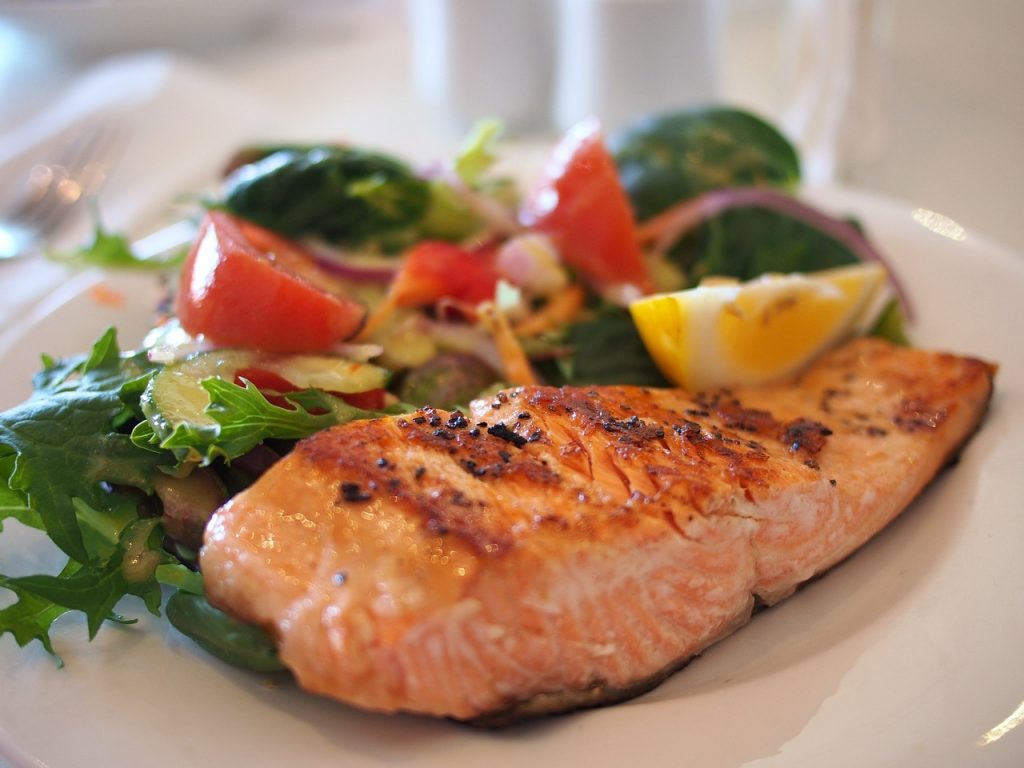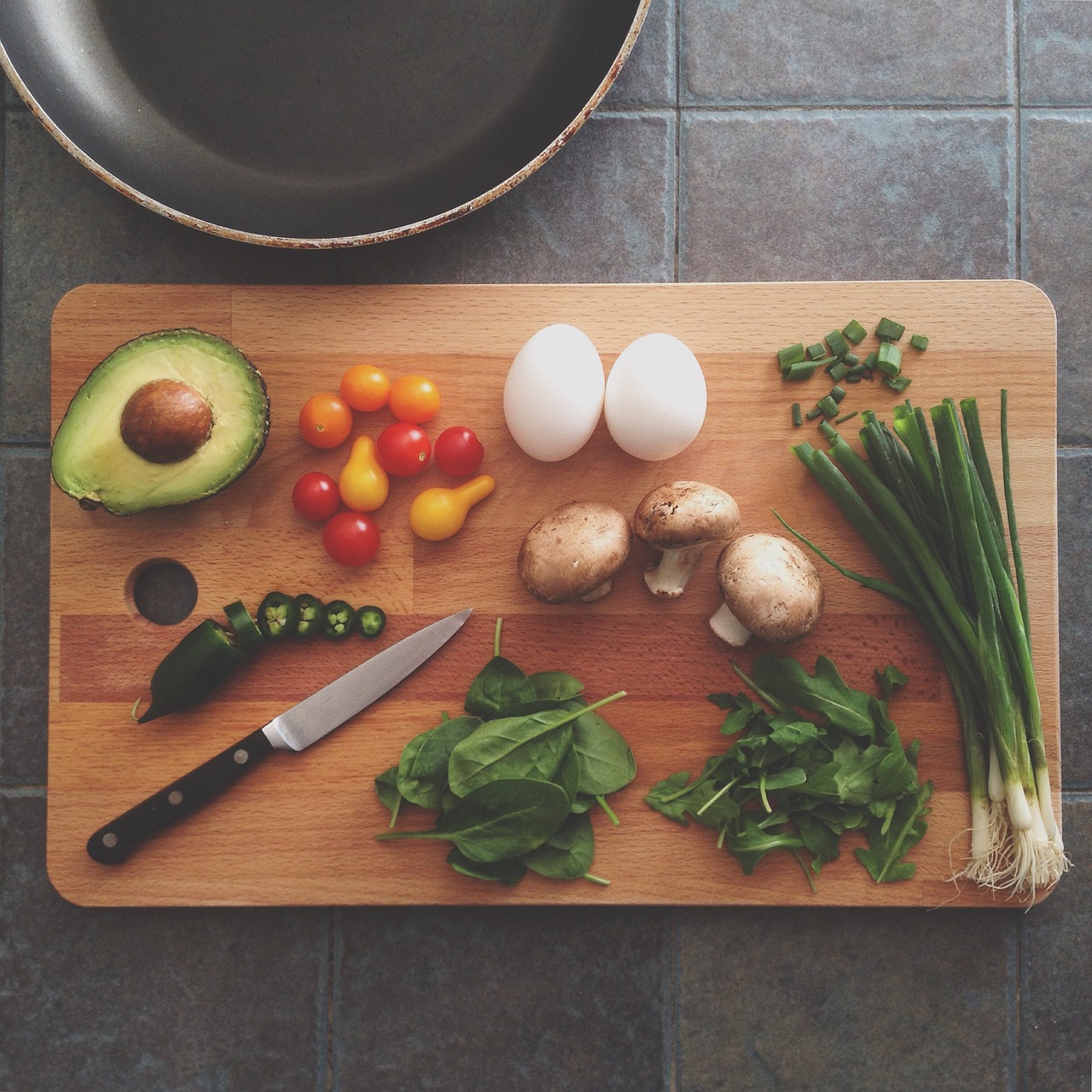Talking about the Kitchen [Verbs]
When speaking with guests or fellow staff members about what’s happening in the kitchen, it’s important to use the correct verbs. This is especially important when describing a dish to a guest, as the verb (cooking method) can really have an effect on how appetizing the dish sounds. For example: “We cook the salmon” doesn’t…
When speaking with guests or fellow staff members about what’s happening in the kitchen, it’s important to use the correct verbs. This is especially important when describing a dish to a guest, as the verb (cooking method) can really have an effect on how appetizing the dish sounds.

For example:
“We cook the salmon” doesn’t describe how it was cooked. It is basically just saying it is not raw.
“We bake the salmon” now describes that the salmon was cooked in an oven, but also gives the listener a picture in their head of salmon with some delicious crunchy bits on top. Same with “grilled salmon”. “Poached salmon” would give a more “wet” impression.
Many kitchen verbs can also be used as nouns (or even adjectives)! It can get confusing because of this. When the verb form is altered and it serves the same function as a noun in the sentence, it is called a gerund.
In the examples above, we are actually using the verbs as adjectives to describe “how” something was cooked. Let’s look at “to grill”. This verb basically means “to cook on a grill”, where “grill” is a noun (a grated utensil for broiling meat, fish, vegetables, etc., over a fire). The “grilled” in “grilled salmon” means it was cooked on a grill (noun). So you could say, “the grilled salmon (dish) is grilling (verb) on the grill (noun)” and it would make sense, however is quite an awkward sentence.
WOW!?? I hope you’re not too confused now 🙂
Below is a list of common verbs used in the kitchen. Some of the example sentences below are actually in “noun” or “adjective” form. Can you spot them?
| [to] bake – to cook in the oven. | I am baking a cake.
I’d like the fish baked, not fried. |
| [to] boil – to cook in hot water. | The best way to cook pasta is to boil it.
Put the lobster in boiling water. |
| [to] chop – to cut with a knife. | I chopped the parsley.
John is chopping the vegetables. |
| [to] drain – to remove all the water. | The pasta needs to drain when it is cooked.
The sink is draining. |
| [to] fry – to cook in oil. | I love fried chicken!
Fry the shrimp in oil. |
| [to] mix – to combine ingredients together. | The steak is served with mixed vegetables.
To bake cookies you need to mix the batter. |
| [to] peel – to take the skin from something. | Breakfast is served with peeled orange slices.
Sarah is peeling the carrots. |
| [to] pour – to move a liquid from one container to another. | He is pouring wine at the table.
Pour the orange juice into the glass. |
| [to] season – to add salt and pepper or extra flavour. | These eggs need to be seasoned.
She is seasoning the pork. |
| [to] stir – to move the ingredients with a spoon (usually in a liquid). | I like my martini shaken, not stirred.
Could you stir the soup? |
| [to] slice – to cut something with a sharp object (such as a knife). Most times it means to cut into thin strips. | Our salmon sashimi is sliced and served raw.
She is slicing the beef. |
